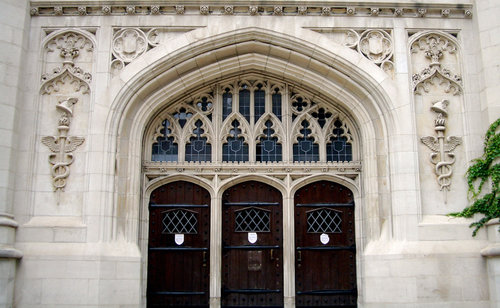
The statistics are hardly encouraging: student debt has more than tripled in the last 10 years; its serious delinquency rate is higher than any other form of debt, including mortgages and credit cards; it now totals $1.37 trillion, and grows by $2,726 every second – in fact, MarketWatch recently created an online application to track the its growth.
Such a gargantuan problem has generated a fair amount of attention, and in the past, we have closely covered student debt’s relationship with housing, and whether or not its rise spells trouble for homeownership in the 21st century. From the share of Millennials forced to live at home to current homeowners who are unable to sell their properties because of college loan obligations, the student-debt tentacles are far reaching.
But is student debt really such an impediment to homeownership? Fannie Mae asked that question in a recent report, and arrived at a surprising conclusion – the benefits of a college degree outweigh the negatives of student debt, especially when it comes to housing.
Student debt and homeownership
Using high school graduates as its base, Fannie Mae found that college grads with student debt are far more likely to be homeowners. Via analysis of its monthly National Housing Survey, Fannie reported that such individuals are 27 percent more likely to own homes, and among college grads with no student debt, the likelihood is even higher at 43 percent.
“This further confirms the strong positive effect of having at least a bachelor’s degree on homeownership,” Fannie concluded.
Even among renters, the statistics were encouraging. Although renters with student debt are 28 percent less likely to buy a home for their next move, only 7 percent stated that student debt will be a future problem for their homeownership goals; additionally, 80 percent of renters plan to buy a home eventually.
The enormous student debt wrinkle
Fannie’s encouraging results, though, came with an enormous wrinkle – its report focused on student debt holders who completed their degree. Of Americans aged 25 to 44 with student debt, an incredible 40 percent have not obtained their bachelor’s degree, and among that troubled demographic, Fannie’s findings were far less encouraging for the future of homeownership.
Indeed, such consumers are 32 percent less likely to be homeowners than high school grads who never attended college. Also, 19 percent are behind on their student loan payments, far outnumbering the 6 percent of student debt holders with a degree.
Here is a chart that captures the grand divide:
| Status | Likelihood of homeownership, relative to high school grad with no student debt |
|---|---|
| Student loans w/o degree | -32% |
| Student loans w/ degree | 27% |
| No loans w/ degree | 43% |
Furthermore, competing research has raised considerable warning signs on how harmful student debt is to the overall economy. A recent report from the New York Fed found that among households with negative wealth – the Fed characterizes those households as having between -$12,500 and -$46,300 in wealth – 40 percent of that negative wealth is because of student debt, compared to just 10 percent of households with non-negative debt; even worse, such negative wealth households account for 47 percent of all student debt, which, using the estimates at the beginning of this article, comes out to roughly $548 billion.
Additional details from the Fed’s report paint a depressing portrait of debt, one that makes homeownership all but impossible. Among negative wealth households, for instance, housing constitutes only 15 percent of total assets, compared to 40 percent for non-negative wealth households. Rather than housing, the primary asset for negative wealth households is their car, which comprises 45 to 65 percent of their assets (compared to less than 15 percent on the other side of the debt spectrum).
And it will likely get worse before it gets better. As the Fed put it: “Given the importance of student debt in explaining negative household wealth … it is likely that the steady growth in student debt and borrowing, combined with the very slow rate of student loan repayment … has materially contributed and will continue to contribute to negative household wealth and wealth inequality.”
So while college graduates with student debt will likely become homeowners at some point in their lives, an enormous swath of the student debt population will have no such fortune – and their numbers are only growing with time.
Photo Credit: Creative Commons 2.0: Justin Wong, http://commons.wikimedia.org/wiki/File:University_of_Chicago_Bartlett.jpg
